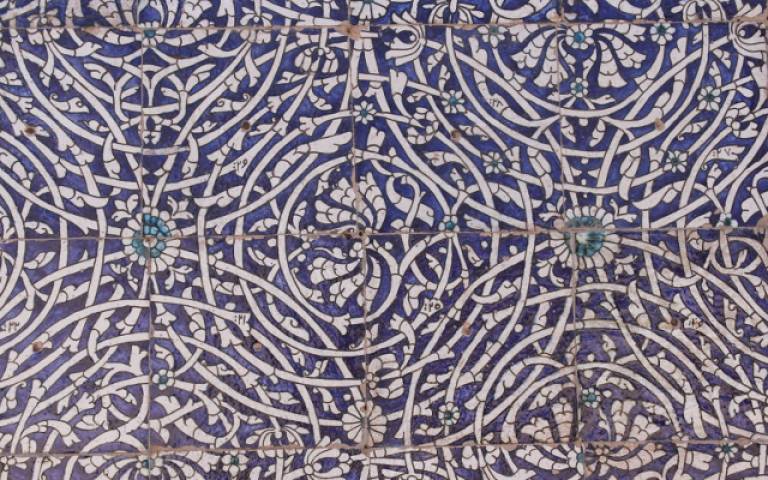Student Lucie Fusade publishes paper on curing conditions of lime mortars
15 February 2019

SEAHA alumna Lucie Fusade has recently published an article in the Journal of Cultural Heritage with supervisor Heather Viles called ‘A comparison of standard and realistic curing conditions natural hydraulic lime repointing mortar for damp masonry: Impact on laboratory evaluation’.
The setting and hardening process of fresh mortar is governed by the temperature and the relative humidity (RH) of the environment. Environmental conditions therefore have an impact on the early days development of the porosity and structure of lime mortar in a masonry which can affect its performance and function. This combination of temperature and relative humidity in the environment in which lime mortar will harden is called the curing condition. It is therefore essential to understand better what differences, if any, various external environmental conditions would make to the internal structureand durability of repointing lime mortar.
Throughout the centuries, lime mortars have been used under a very wide range of environmental conditions. In England, where the climate is often wet, lime mortar is found in many types of historic masonry built before the 1850s. One of the main roles of pointing mortar – the mortar at the surface of the joint in a masonry wall- is to absorb moisture from the surrounding stones, helping the overall masonry to dry out by evaporation. Failure or weathered original pointing mortar or previous inappropriate interventionscan lead to more rainwater and moisture ingress through the joints. In these cases, mortar needs to be replaced by a repointing mortar.
Realistic curing conditions (as likely found on site) of 15 °C, 85 % RH, representing an average of summer climate in Devon were compared with standard recommended laboratory conditions of 20 °C 65 % RH. The study evaluates the development of the internal structure of mortar samples (mechanical properties, pore structure, water absorption and desorption behaviour) after curing for 28 and 90 days, producing early and medium-aged mortars respectively, under those two curing conditions. The research also evaluates the implication for laboratory characterisation: whether it is of significant importance to use realistic curing conditions if the mortar is later to be applied on a specific site or building. A range of mortar mixes, representing some conservation repointing mortars, was prepared using natural-hydraulic lime (NHL 2, St Astier), quartz sand, and crushed Portland limestone.
Results show that significant differences are found in laboratory evaluations of mechanical properties of the same NHL mortar exposed to different curing conditions, especially at early age and for mortar made with quartz sand. Findings show that laboratory evaluation should be made on samples cured under realistic conditions if information on the early to medium-term (up to 90 days) characteristics of NHL mortar is required. Overall, humid curing conditions could help NHL mortars gain good internal structure more quickly, minimising the risk of early failure of repointing mortar exposed in a harsh humid environment.
Links
- Read the article about comparing of standard and realistic curing conditions of natural hydraulic lime repointing mortar for damp masonry: Impact on laboratory evaluation
- School of Geography and the Environment, University of Oxford
 Close
Close

